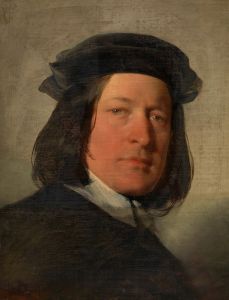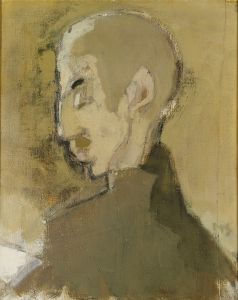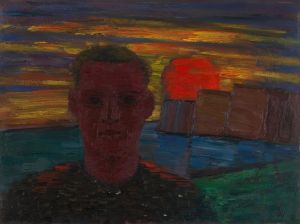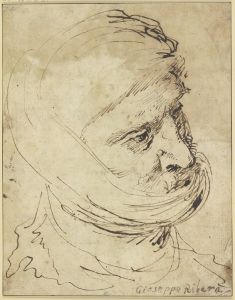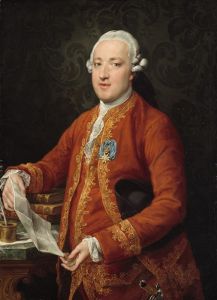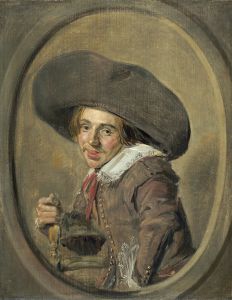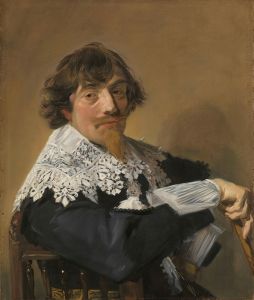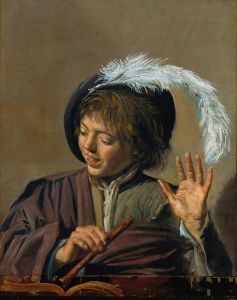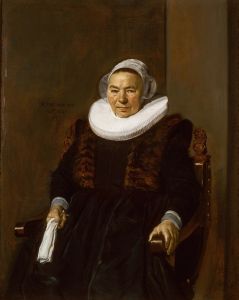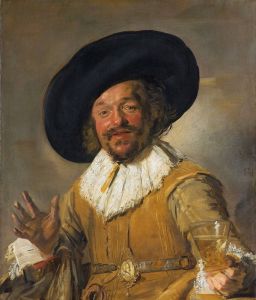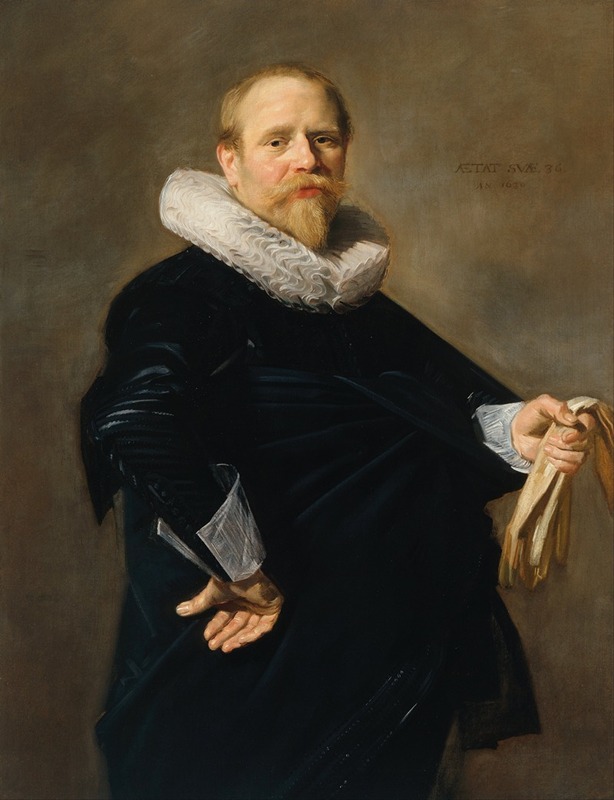
Portrait of a Man
A hand-painted replica of Frans Hals’s masterpiece Portrait of a Man, meticulously crafted by professional artists to capture the true essence of the original. Each piece is created with museum-quality canvas and rare mineral pigments, carefully painted by experienced artists with delicate brushstrokes and rich, layered colors to perfectly recreate the texture of the original artwork. Unlike machine-printed reproductions, this hand-painted version brings the painting to life, infused with the artist’s emotions and skill in every stroke. Whether for personal collection or home decoration, it instantly elevates the artistic atmosphere of any space.
"Portrait of a Man" is an oil painting created by the Dutch Golden Age painter Frans Hals. The painting is believed to have been completed around 1630 and is a fine example of Hals' skill in capturing the character and vitality of his subjects. Frans Hals is renowned for his lively and loose brushwork, which was innovative during his time and contributed to the dynamic quality of his portraits.
The painting depicts an unidentified man, dressed in typical 17th-century attire. He is shown in a three-quarter view, looking directly at the viewer with a confident and engaging expression. The man's attire includes a dark, formal coat with a broad, white lace collar, which was fashionable among the affluent classes of the Dutch Republic during that period. The background of the painting is plain and dark, which serves to highlight the subject's face and clothing, drawing the viewer's attention to the details of his expression and attire.
Frans Hals was born in Antwerp in 1582/1583 and later moved to Haarlem, where he spent most of his life and career. He was a prominent member of the Haarlem Guild of St. Luke and became one of the leading portrait painters of his time. Hals' portraits are celebrated for their realism and the lively, spontaneous quality of his brushwork. Unlike many of his contemporaries, who often idealized their subjects, Hals was known for his ability to capture the individuality and personality of the people he painted.
"Portrait of a Man" exemplifies Hals' technique of using loose, visible brushstrokes to create texture and depth. This approach allowed him to convey a sense of immediacy and movement, making his portraits appear more lifelike. The painting's composition, with the subject's direct gaze and relaxed posture, creates an intimate connection between the viewer and the sitter.
The exact identity of the man in the portrait remains unknown, as is the case with many of Hals' works. However, the painting's style and execution suggest that it was likely commissioned by a wealthy individual or family, as portraiture was a popular means of displaying social status and personal wealth during the Dutch Golden Age.
"Portrait of a Man" is housed in the National Gallery of Art in Washington, D.C., where it is part of the museum's extensive collection of European paintings. The painting is considered an important example of Hals' work and is admired for its technical mastery and the insight it provides into the fashion and culture of 17th-century Holland.
Frans Hals' influence on portrait painting was significant, and his techniques were later adopted and adapted by other artists. His ability to capture the essence of his subjects with such vitality and realism has ensured his lasting legacy in the history of art. "Portrait of a Man" remains a testament to Hals' skill and his contribution to the development of portraiture.





